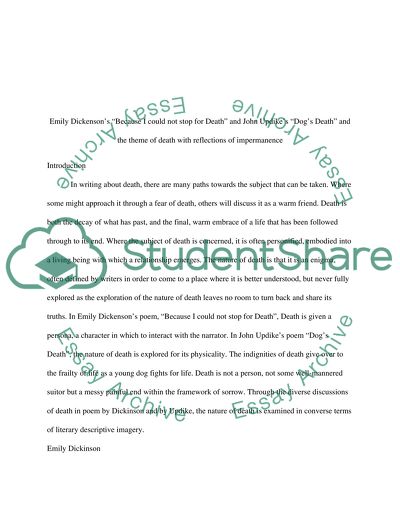Cite this document
(“Death and Impermanence Research Paper Example | Topics and Well Written Essays - 2000 words”, n.d.)
Retrieved from https://studentshare.org/literature/1429839-death-and-impermanence
Retrieved from https://studentshare.org/literature/1429839-death-and-impermanence
(Death and Impermanence Research Paper Example | Topics and Well Written Essays - 2000 Words)
https://studentshare.org/literature/1429839-death-and-impermanence.
https://studentshare.org/literature/1429839-death-and-impermanence.
“Death and Impermanence Research Paper Example | Topics and Well Written Essays - 2000 Words”, n.d. https://studentshare.org/literature/1429839-death-and-impermanence.


